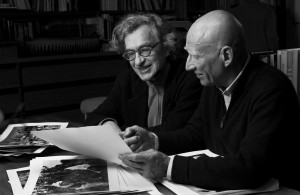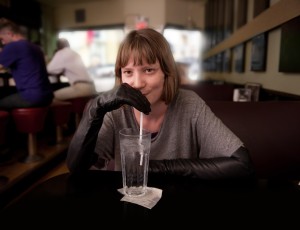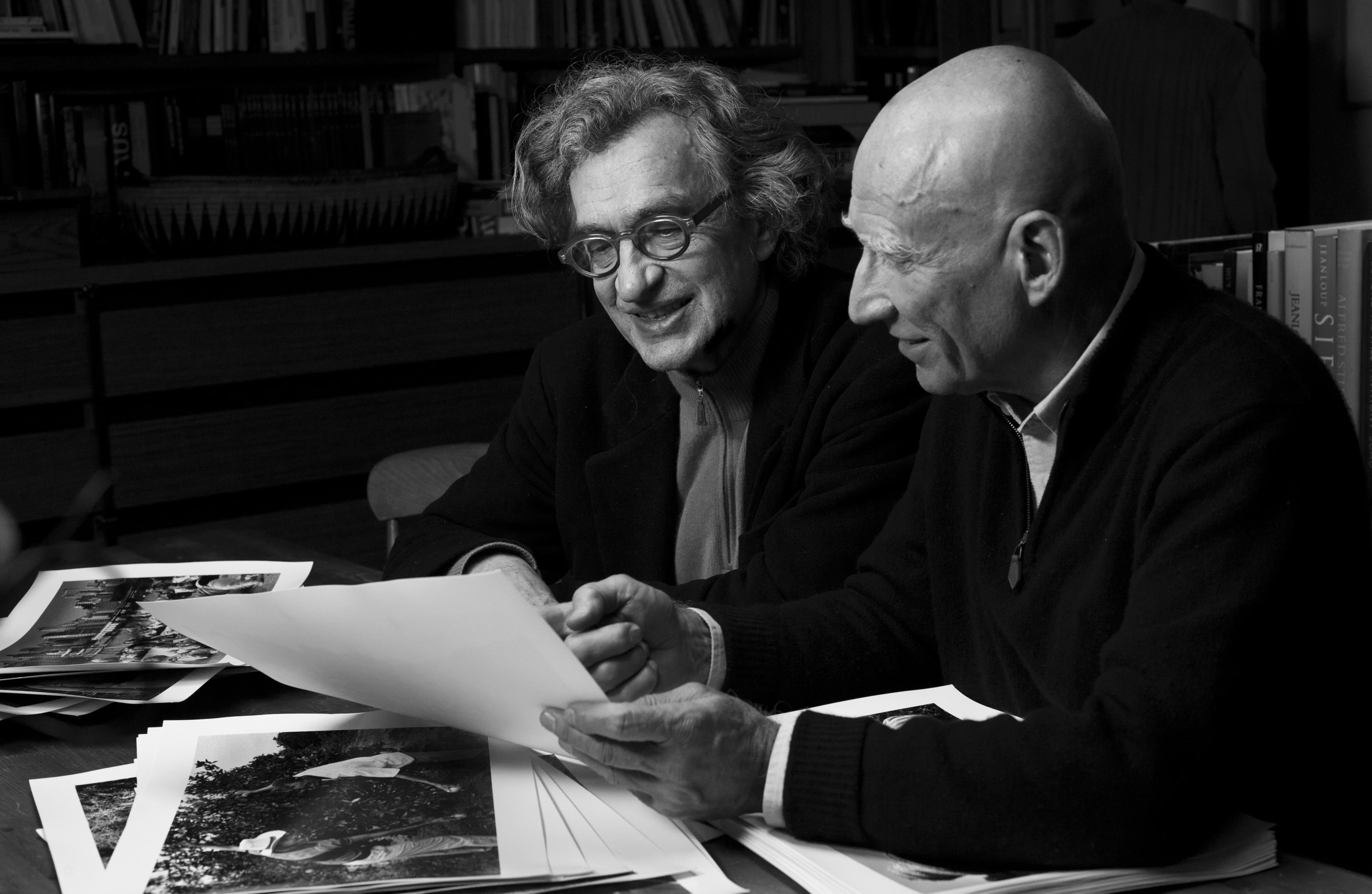After nine blissful days in the French Riviera and about 24 films, I finished up my Cannes Film Festival experience exhausted and ready to come back to California. The festival wrapped last weekend, with an awards ceremony doling out prizes for the best films, performances, directing and screenwriting. Despite its relatively small selection of films— the festival plays host to about 60 films throughout all of its sections, compared to the 300+ films at the Toronto International Film Festival— there was still a wide variety of films and styles from around the world, although few that I fell truly, madly, deeply in love with. Although the ones I liked best didn’t win the top awards, which rarely seem to go to the best films anyway (“Fahrenheit 9/11” once won the Palme d’Or, after all), none of them went home completely empty-handed. Here’s a look at some of the best films and performances I saw at the festival.

My favorite film of the festival was the documentary “The Salt of the Earth,” about Brazilian photographer Sebastião Salgado, who started out as an economist before dedicating his life to photography, making a name for himself by going to the world’s toughest places— Rwanda during the conflict, the poorest parts of Ethiopia— to photograph people suffering. Directed by Salgado’s son, Juliano, and Palme d’Or-winner Wim Wenders (“Paris, Texas”), what this film was doing in the Un Certain Regard sidebar, up against new filmmakers whose work mostly paled in comparison, is rather unclear. But the Official Competition has rarely played host to documentaries.
Wenders is a long-time fan of Salgado’s work, and has a print of the haunting “Blind Woman” sitting in his office, which never fails to move him to tears. Juliano spent most of his childhood with an absent father, who was off on adventures in the poorest parts of the world. Together, they’ve made a film that’s a labor of love, as compassionate towards its subject as Salgado was towards those he photographed so remarkably. In Ethiopian refugee camps in 1984, he photographed bodies so emaciated they look like skeletons; in Mali, he photographed an emaciated eight-year-old boy in rags, walking away, with a straight back and determination, in spite of his seemingly hopeless situation. On a recent shoot in Antarctica, on which Juliano finally accompanied his father, we watch them rolling around on the beach, to unobtrusively photograph a group of walruses. The stories Salgado captured in his photos are as fascinating as his own story: a trailblazer, an adventurer and above all, an empathetic artist. The film deservingly won the Un Certain Regard Special Prize.
The award for the film that was simply the most fun to watch goes to David Cronenberg’s black comedy “Maps to the Stars.” It’s getting billed as a Hollywood satire, but it’s really a story of family drama, set in LA, which happens to skewer the film industry in the process. As a place full of ambitious people, desperate to be seen and full of insecurities, Hollywood already offers a heightened reality, where Cronenberg can explore his interests in psycho-sexual issues, circumventing the need to make a horror or Sci-Fi genre film.
At the center of the film is a young burn victim and schizophrenic, Agatha (Mia Wasikowska), who comes back to LA to reunite with her troubled family after years in a mental institution. Along the way, she meets an infantile, self-absorbed actress, Havana (Julianne Moore), who takes an interest in her because her own mother (Sarah Gadon), who still haunts her, died in a fire. Havana frequents a bizarre therapist (John Cusack) who is himself a sort of celebrity, as well as the father of a 13-year-old child actor, Benjie (Evan Bird), recently returned from rehab.

Brimming with witty one-liners and smart observations about human behavior, “Maps to the Stars” has enough laughs to be a comedy, and one of Cronenberg’s most pleasurable films, but never sacrifices psychological depth. The characters are all connected in complicated ways, or find ways to insinuate themselves into each others lives as a way to assuage their own feelings of inadequacy, whether that’s Havana trying to make a move on Agatha’s beau (Robert Pattinson), or Benjie spiraling out of control because of his family.
Julianne Moore, never one to shy away from taking risks, whether as a woman in a lesbian relationship in Atom Egoyan’s “Chloe,” or a self-absorbed mother in “What Maisie Knew,” gives another ballsy and complex performance in “Maps to the Stars.” It earned her the well-deserved, if surprising, Cannes Best Actress award this year; most critics thought Marion Cotillard (“Deux Jours, Une Nuit”) was a shoe-in this year for this long-overdue award.
But the most surprising performance in “Maps to the Stars” came from Robert Pattinson as a struggling actor and screenwriter who drives a limo by day. It’s as a limo driver that he meets Agatha and develops a relationship with her: partly because he likes her and partly as research for a script. Pattinson is the perfect mix of neuroses and insecurities— the life of an out-of-work actor— that even though he’s so attractive, he doesn’t quite know how to respond when Havana hits on him. It’s a far cry from his role as the brooding Edward Cullen in the “Twilight” movies: here he’s full of life and absorbing to watch because his performance is so realistic.
It was a banner year for Pattinson at Cannes. Besides his supporting role in “Maps to the Stars,” he had a completely different starring role in David Michôd’s dystopian Western, “The Rover” alongside Guy Pearce. The film was selected as one of the festival’s Midnight Screenings. If he’s unrecognizable in “Maps to the Stars,” he’s even more so in “The Rover,” adopting a perfect Southern accent and a jittery, nervous way of moving. It’s not surprising that the actor who carried one of the biggest movies franchises has actual talent, but most of his previous films like “Water for Elephants” or “Bel Ami” simply didn’t require him to be more than a handsome object. David Cronenberg has described Pattinson as intelligent, talented, famous and cheap: he’s at a stage in his career where doing interesting work is more important than collecting a large paycheck. And if this year’s Cannes is any indication, he’s on the road to doing great work with great directors.
Contact Alexandra Heeney at aheeney “at” stanford.edu.
